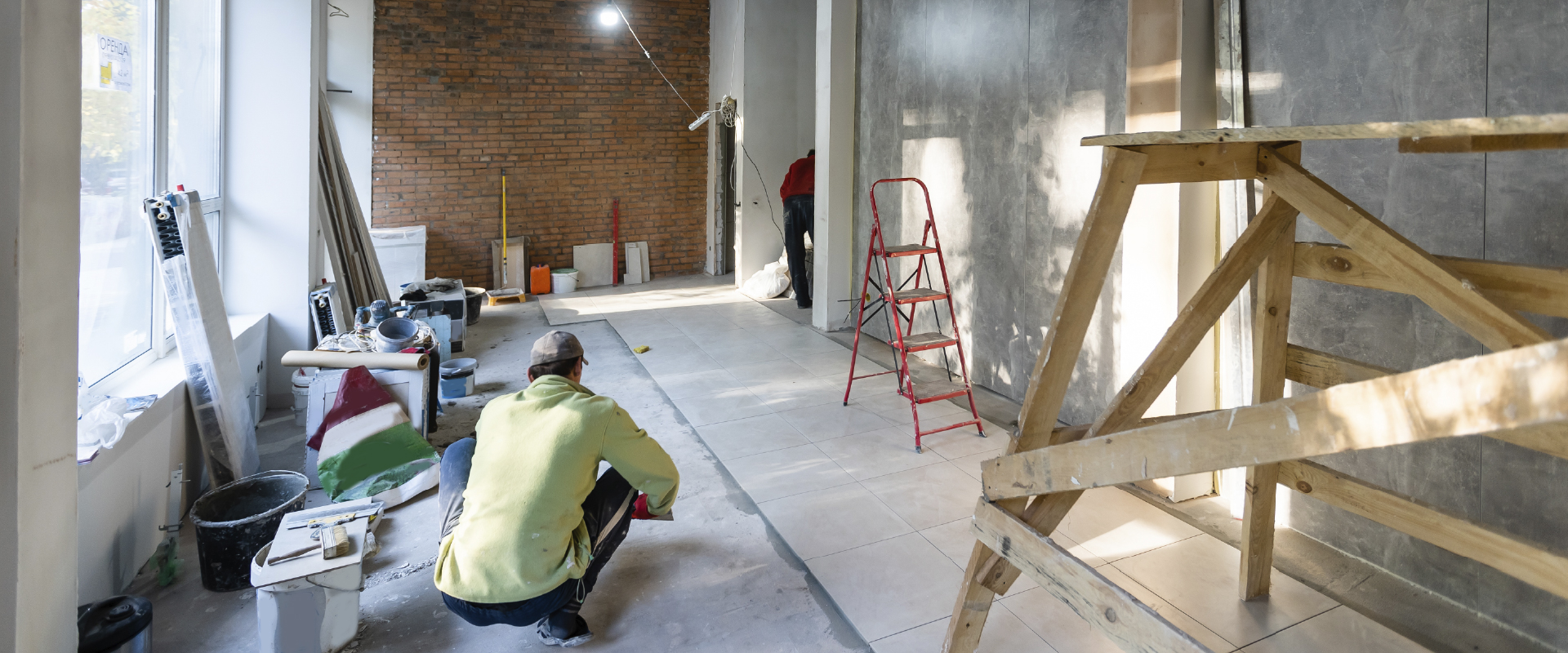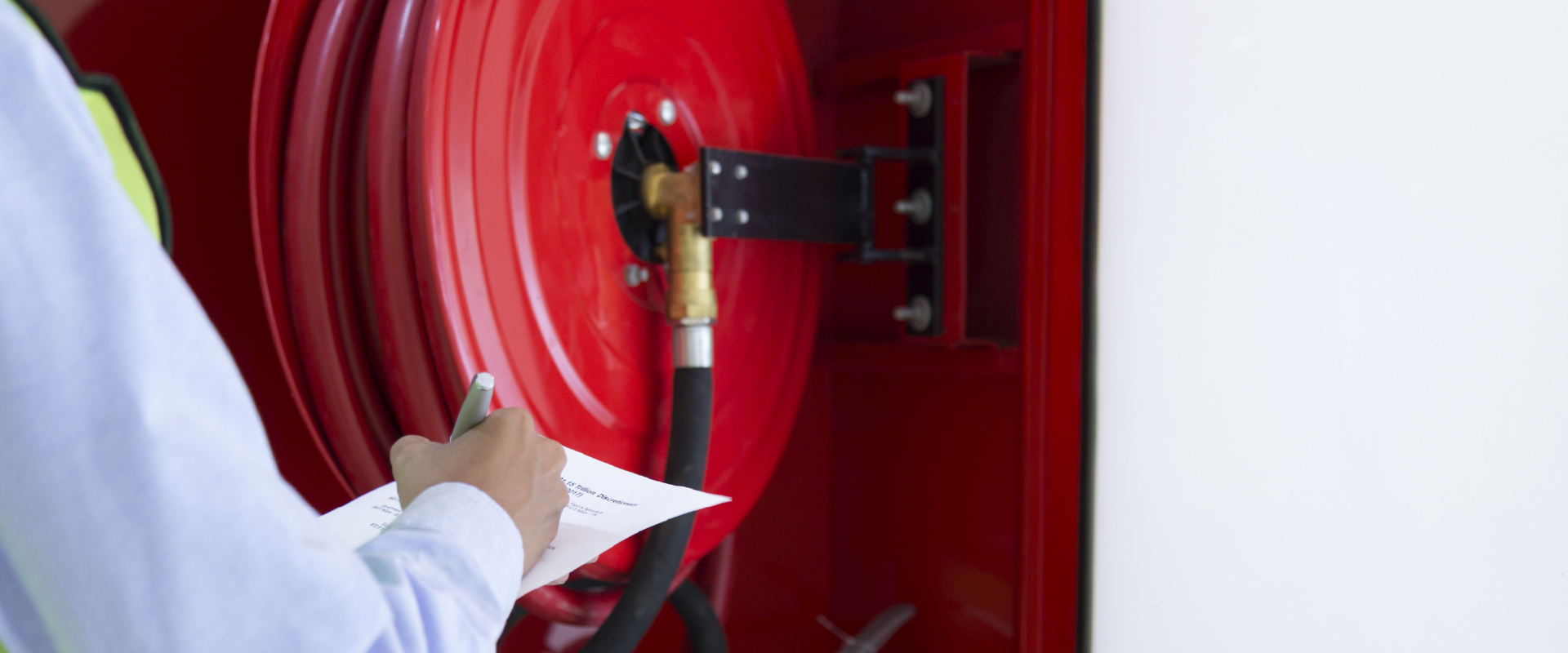Soot is a common, often unseen problem that can pose significant health risks and property damage. Proper soot removal and dealing with the consequences of its buildup, such as smoke damage and water damage, are crucial to maintaining a safe, healthy environment. This article explores the importance of soot removal, its causes, and the potential health risks, as well as the solutions and prevention measures you can take.
Causes of Soot
Accumulation
Several factors contribute to the accumulation of soot. These can range from incomplete combustion of fuels to insufficient ventilation in buildings.
Incomplete Combustion of Fuels
Whenever fuels such as coal, oil, wood, or natural gas are burned, they produce soot as a byproduct. If the fuel doesn’t burn completely, more soot is produced. This incomplete combustion can occur in various settings, including household fireplaces, stoves, and heating systems.
Poorly Maintained Heating Systems
Heating systems such as boilers, furnaces, and heaters are potential sources of soot. If these systems are not maintained regularly, they can produce a large amount of soot, which can affect the indoor air quality and lead to soot exposure.
Insufficient Ventilation in Buildings
Insufficient ventilation in buildings can also contribute to soot accumulation. If the indoor air does not circulate properly, soot particles can build up over time and impact the health of those residing or working in the building.
Consequences of
Soot Buildup
The consequences of soot buildup are far-reaching and can result in health issues, environmental damage, and structural hazards.
Damage to Health and Environment
The health risks associated with soot exposure are significant. Soot particles are tiny and can easily enter the human respiratory system, causing a variety of health issues. Moreover, soot also contributes to climate change by absorbing sunlight and heating the atmosphere.
Respiratory Issues and Allergies
Exposure to soot can lead to respiratory issues and allergies. It can irritate the eyes, nose, and throat, exacerbate asthma symptoms, and even lead to chronic bronchitis.
Contribution to Climate Change
Soot, or black carbon, is a major contributor to climate change. It absorbs sunlight and heats the atmosphere, leading to global warming.
Fire Hazards and
Structural Damage
Soot not only poses health risks but also increases the risk of fires and causes significant structural damage.
Increased Risk of Fires
Soot buildup can become a fire hazard, particularly in chimneys where the accumulation of soot can ignite a chimney fire.
Destruction of Building Materials
Soot can damage building materials, including paint surfaces and wallpaper, as well as valuable items such as paintings. In particular, soot’s acidic nature can corrode metals and cause them to rust, resulting in structural damage.
Methods for
Soot Removal
Proper soot removal is essential in mitigating the adverse effects of soot. It involves regular cleaning and maintenance, use of specific tools and methods, and sometimes, professional assistance.
Regular Cleaning and Maintenance
Regular cleaning and maintenance of heating systems and fireplaces can help reduce soot buildup. This involves routine checks and cleaning to ensure that the system is functioning properly and efficiently.
Soot Vacuums and Chemical Sponges
Specific tools and materials can be used to remove soot, such as soot vacuums and chemical sponges. These can help remove soot particles from surfaces and prevent further spread of soot.
Professional Soot Removal Services
Sometimes, the extent of the soot problem may necessitate the need for professional soot removal services. A restoration company like CRUSA Construction and Restoration, with its team of soot removal experts and specialists, can provide thorough soot, smoke odor, and smoke damage restoration.
Preventing
Soot Buildup
Preventing soot buildup is as crucial as dealing with it. This can be achieved through proper ventilation and insulation, cleaner fuels and appliances, and consistent maintenance of heating systems.
Proper Ventilation and Insulation
Proper ventilation and insulation can help reduce the chances of soot accumulation. Good air circulation can prevent soot from settling on surfaces, and sufficient insulation can improve heating efficiency, reducing the amount of soot produced.
Choosing Cleaner Fuels and Appliances
Choosing cleaner fuels and more efficient appliances can also help reduce soot production. Natural gas, for instance, burns cleaner than coal and produces less soot.
Consistent Maintenance of Heating Systems
Consistently maintaining your heating systems is vital. Regular check-ups, cleaning, and necessary repairs can ensure the system functions efficiently, producing less soot.
Learn More about Soot Removal & How
CRUSA Can Keep Your Property Safe
Soot removal is an essential part of maintaining a healthy and safe environment. As a disaster clean-up specialist, CRUSA Construction and Restoration offers a range of services, including soot and smoke damage restoration, smoke odor, water damage restoration, and fire damage restoration.
The importance of soot removal cannot be overstated. Through vigilance and regular maintenance, soot buildup can be managed effectively. If you’re in need of expert assistance, don’t hesitate to reach out to our team at CRUSA Construction and Restoration – let us be your trusted restoration company. We’re here to keep your property safe and healthy.
Frequently Asked Questions
Soot buildup can be detected through a professional inspection. Soot often leaves a smoky odor and can stain surfaces black or grey.
Heating systems should be checked for soot buildup at least once a year. However, if you suspect a problem, you should get it checked immediately.
While some small-scale cleaning can be done by yourself, it's generally safer and more effective to engage professional soot removal services, especially for large-scale or hard-to-reach areas.
Soot exposure can cause various health issues, including respiratory problems, skin irritation, and eye irritation. Long-term exposure may also lead to chronic health conditions.
Soot, also known as black carbon, contributes to climate change by absorbing sunlight and warming the atmosphere. It's one of the most potent heat-trapping emissions.



